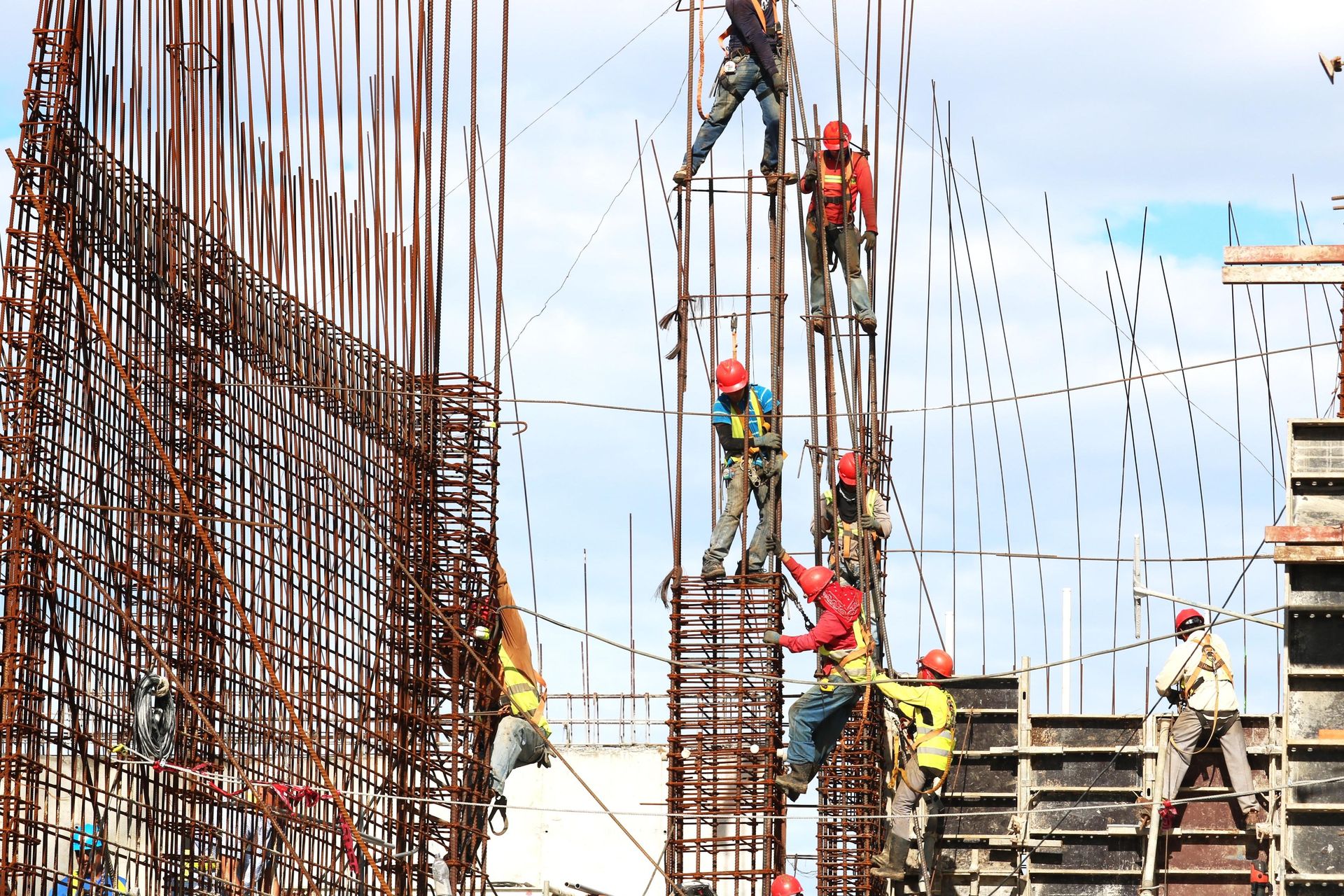Counteracting this growing social divide is a task for humanity. One possible starting point would be to design global value chains in such a way as to make them compatible with development. The concept was developed in the 1990s as a way to model new forms of international division of labour. Intermediate products, goods and services are traded less and less on abstract markets, but instead flow along longterm, stable supply chains. In most cases, these chains are dominated by companies in the Global North. They have the required market power to determine what, when and how goods are produced. This goes beyond the technical and economic aspects. The companies in the Global North are under pressure to assume duty of care in observing human rights along the supply chains under their control. The codified human rights include the right to remuneration ensuring existence (Article 23.3 of the Universal Declaration of Human Rights of 1948). Even the founder of classical economics, Adam Smith, called for a living wage for working people nearly 250 years ago:

“A man must always live by his work, and his wages must at least be sufficient to maintain him. They must even upon most occasions be somewhat more; other- wise it would be impossible for him to bring up a fa- mily...” – The Wealth of Nations, 1776

Still today, the wages normally paid in the export sector of the Global South are far below what would be necessary to reasonably satisfy the needs of the workers and their families. Civil society, on the other hand, has been up in arms for many years. Its demands were taken up in initiatives, such as the textile alliance in Germany. The codes of conduct of individual companies provide for the payment of living wages to be enforced among their suppliers. Leading German retail companies recently agreed to make this mandatory, initially for their own brands. This means that the implementation of living wages is specifically on the agenda, which is certainly to be welcomed. However, from a development perspective, certain issues have not yet been sufficiently explored.
How do we define a living wage? According to existing definitions (for example, the Global Living Wage Coalition), the wage should ensure a decent livelihood for workers and their families. The determined wage level is far above the currently paid salaries and national minimum wages. The living wage calculated for Indonesia in 2018 was 363 euros per month, while the average wage in the manufacturing industry in that country was 160 euros. To ensure a living wage would therefore require not an incremental adaptation but rather a radical change in the supply chain, which makes short-term implementation difficult. Previous experience with ethically differentiated products suggests that consumers are only willing to a certain extent to pay a surcharge that would make it possible to implement a living income in the Global South.
Potentially Conflicting Goals
How does the introduction of living wages affect the international division of labour? The wage level is an important factor in a company’s decision on where to manufacture. Depending on the country and sector, other factors are also considered, such as infrastructure and delivery times, civil security, bureaucracy and corruption. How the wage levels affect this combination of site factors has not been sufficiently investigated. It is clear that individual countries will suffer disadvantages in terms of location if they unilaterally introduce a minimum wage. Regional approaches, such as the Asian Floor Wage, which aims to ensure a regional minimum wage for workers in the Asian clothing industry, are a potential approach.
But it is unclear how a living wage will affect the access of smaller companies to international supply chains. Already today, large and highly efficient companies sometimes pay wages above the industry standard as a way to retain experienced and motivated workers, for example. These large companies would often be in a position to pay a living wage, while smaller companies would tend to be pushed out of the supply chain.
Many value-added steps in labour-intensive industries have not yet been successfully automated, such as the sewing process for clothing. However, the technical conditions are changing rapidly. If wage costs increase significantly, theres a risk that companies will increase their focus on replacing human labour with machines and artificial intelligence.
These issues are not arguments against a living wage in global value chains, but they do reveal potentially conflicting goals. Alternative and complementary measures should also be considered. The governments of the production countries themselves should increase their com- mitment to establishing and controlling a national minimum wage in line with the global sustainability agenda of the United Nations. The specific interests of employees, which, in addition to wage levels, also include working time regulations, protection against dismissal and social security, can be asserted through collective bargaining between employers and trade unions.
Finally, the global justice agenda should address not only issues within industrial work but also subsistence prices for agricultural products. Agricultural supply chains are still today a key part of South-North trade, and the livelihood of many millions of families is dependent on the setting of reasonable prices.
About the Author:
Dr. Andreas Stamm is a Senior Researcher in the research programme “Transformation of Economic and Social Systems” at the German Development Institute / Deutsches Institut für Entwicklungspolitik (DIE).

